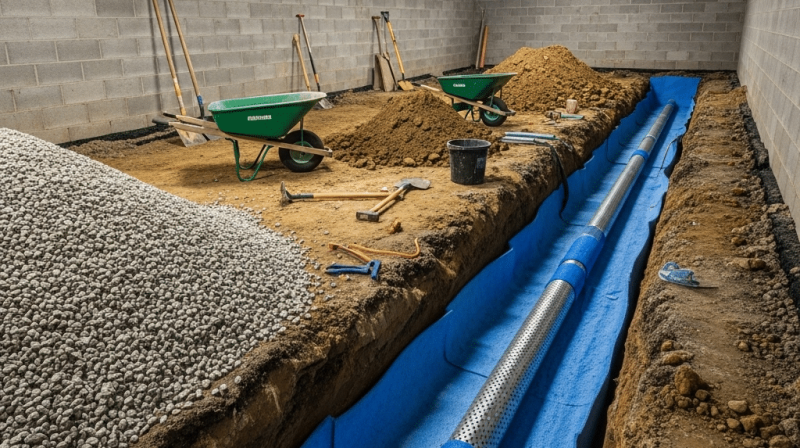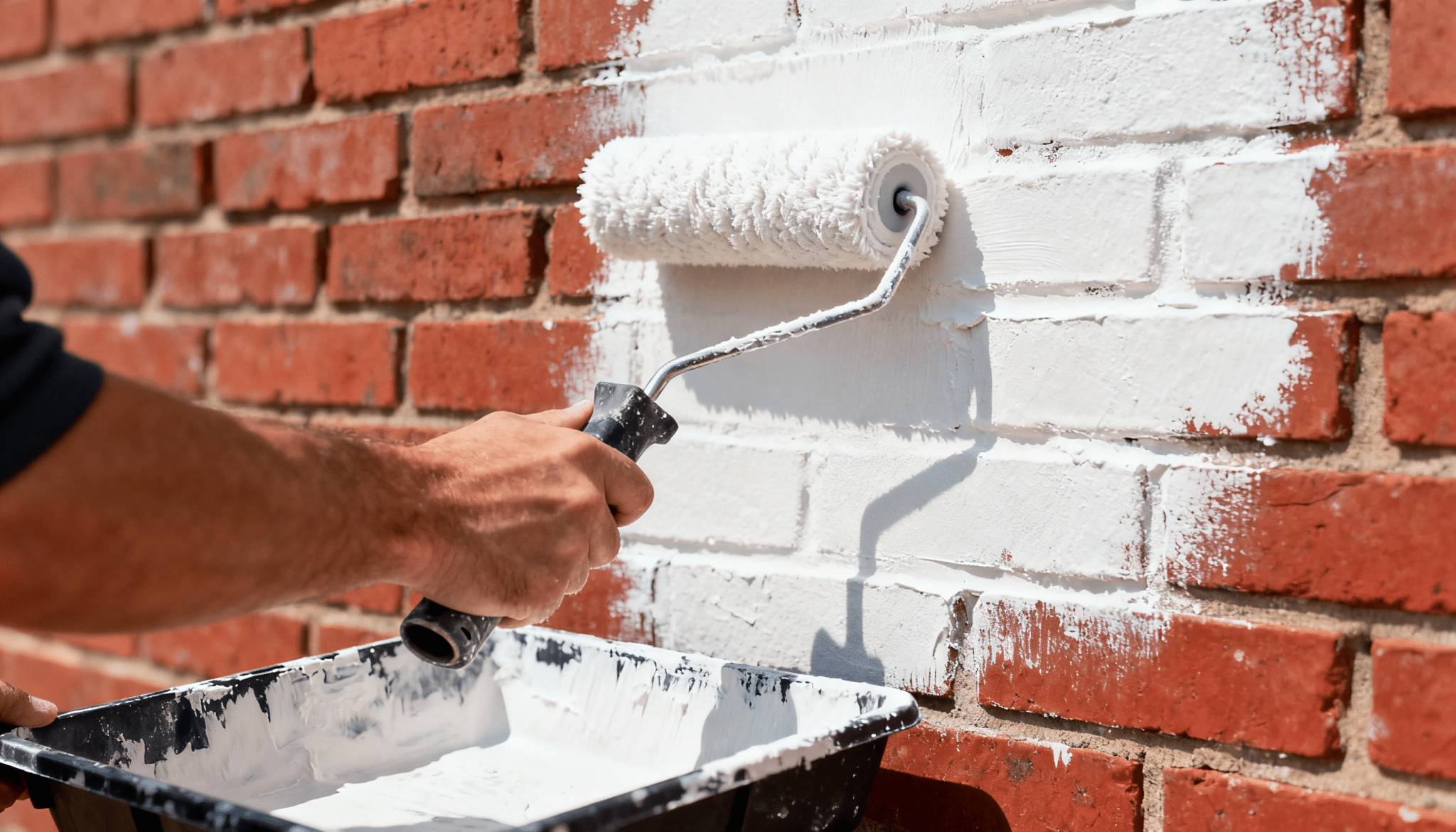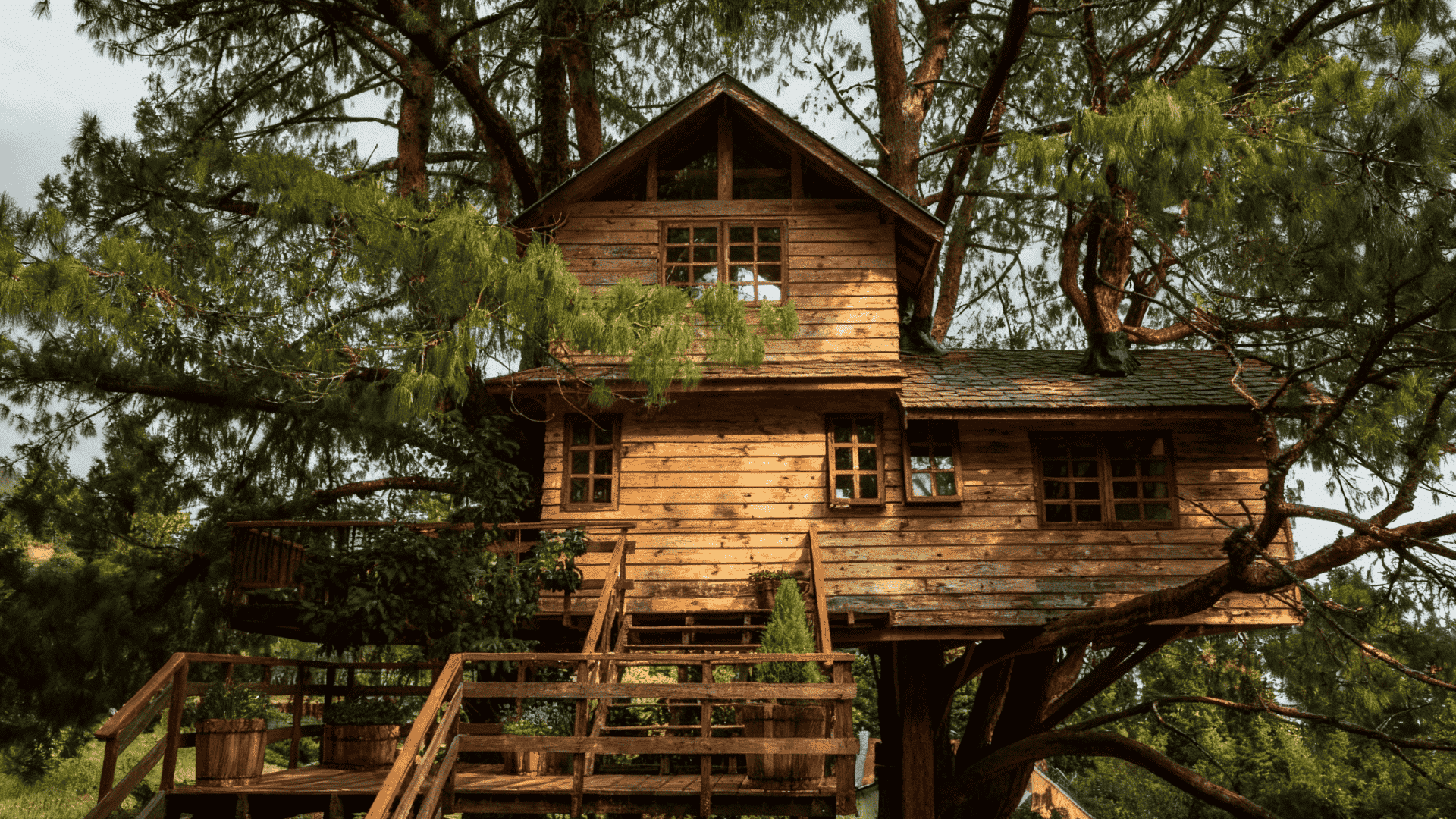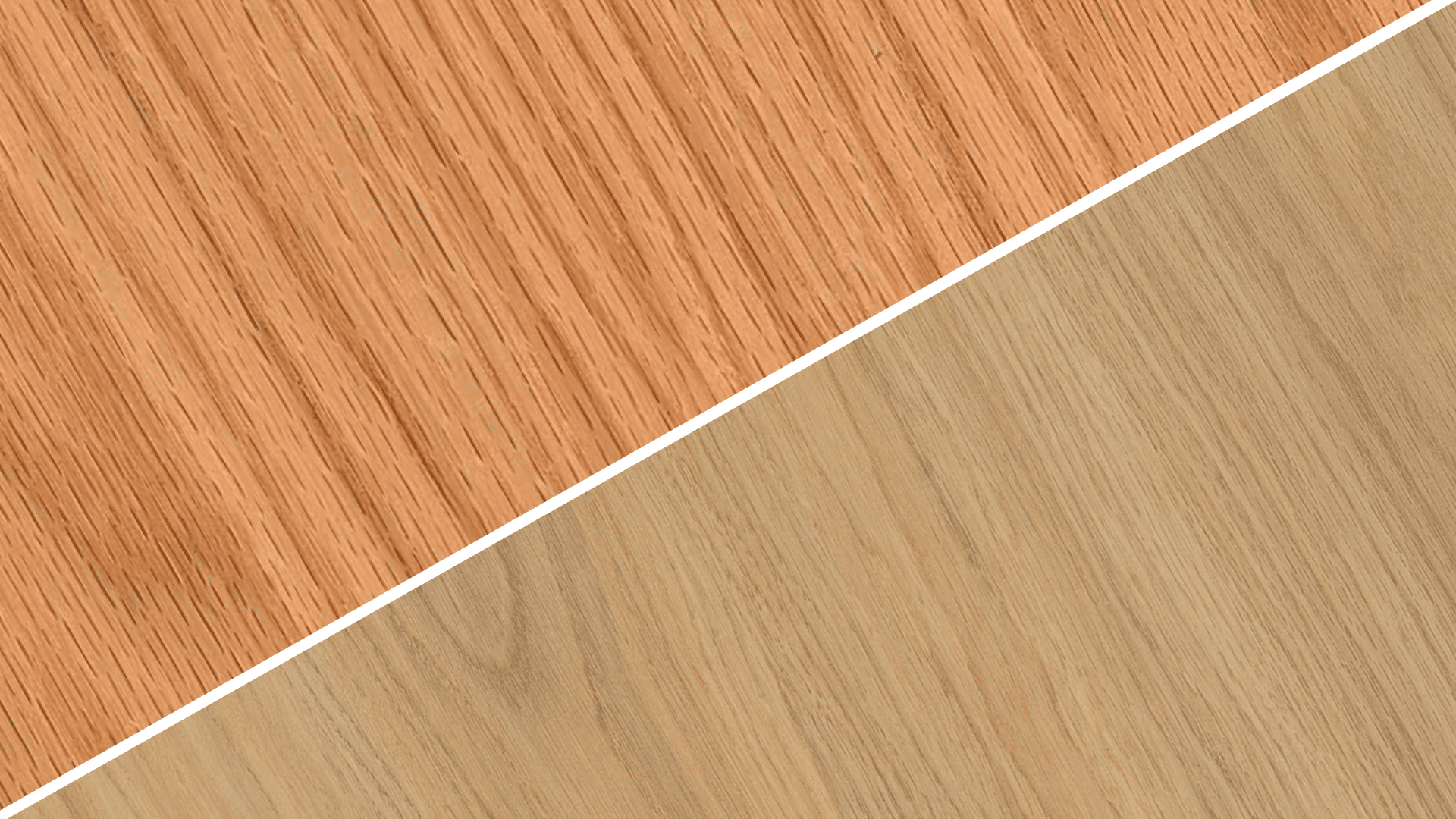Water creeping into your basement can turn your lower level into a nightmare. I’ve seen too many homeowners deal with soggy carpets and moldy walls.
But here’s what most people don’t know: a french drain basement system can prevent these problems before they start, or fix them after they appear.
I’ll help you figure out which type fits your specific situation and budget perfectly.
What is a French Drain? The Basics You Should Know
Let me start with the basics. A French drain is a simple water management system that moves water away from areas where you don’t want it. The name comes from Henry French, who wrote about this concept back in 1859.
But honestly, people have been using similar methods for centuries.
I find it interesting that ancient Romans and Egyptians used early versions of these drains. They knew something we still use today: water flows downhill, and you can control where it goes.
When I look at any french drain basement system, I see three main parts working together:
- Perforated pipe – This has small holes that let water in but keep most debris out
- Gravel or stone – Acts as a filter and helps water flow smoothly
- Filter fabric – Wraps around everything to prevent soil from clogging the system
The magic happens when these parts work as a team. Water enters through the pipe holes, flows through the gravel bed, and gets carried away from your foundation.
Where and How French Drains are Installed in Basements
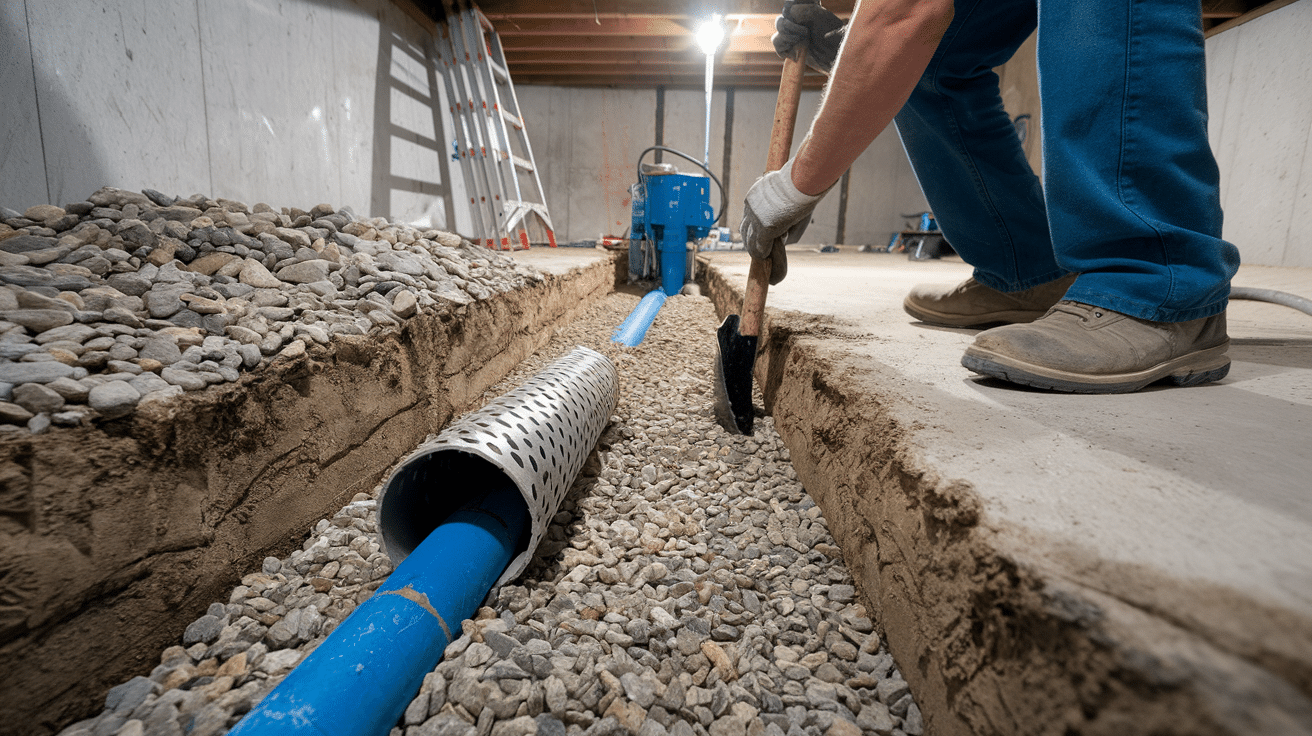
Location matters when you’re planning a French drain installation. I’ve seen both interior and exterior systems work well, but each has its own process and challenges.
Two Different Approaches to French Drain
Here’s where things get practical. You can install a French drain system inside or outside your home, and each has its place.
Indoor systems are located within your basement perimeter. I recommend these when you’re dealing with existing water problems or have difficulty accessing the exterior.
Outdoor systems encircle the exterior of your foundation. These work better for prevention, but they require more digging and landscaping work.
Both types follow the same principle, but their installation approaches differ completely.
Interior Installation: Working Inside Your Basement
When I install an interior french drain system, I start by finding the lowest point in your basement. This is where water naturally wants to go anyway.
Here’s my typical process:
Step 1: Under-slab trenching – I cut through your concrete floor to create a trench around the basement perimeter. The trench needs to slope slightly toward the collection point.
Step 2: Pipe placement – I lay the perforated drainage pipe in the trench with holes facing down. This prevents soil from getting inside and clogging everything up.
Step 3: Sump pump connection – The drain pipe connects to a sump pump that collects and removes the water. Without this pump, you’d just have a fancy underground pool.
The whole drain interior system sits below your basement floor, so it catches water before it becomes a problem you can see.
Working Around Your Foundation for Exterior Installation
Exterior french drain systems require more digging, but they catch water further from your home. I dig down to your foundation’s footing level – that’s usually 6-8 feet deep.
The trench goes around your home’s perimeter, and I install the footing drain at the same level as your foundation footings. This catches water before it even gets close to your basement wall.
Comparison of Interior vs. Exterior Installation
I get asked about this comparison constantly, so here’s what I suggest:
| Factor | Interior System | Exterior System |
|---|---|---|
| Cost | $3,000 – $8,000 | $8,000 – $15,000 |
| Installation Time | 2-3 days | 5-7 days |
| Landscape Disruption | None | Significant |
| Basement Disruption | High (floor cutting) | Minimal |
| Long-term Effectiveness | Good for existing problems | Better for prevention |
| Maintenance Access | Easy | Difficult |
From my experience, interior systems work great if you already have water issues. But if you’re building new or doing major renovations, exterior installation gives you better long-term protection.
The choice often comes down to your budget, timeline, and how much disruption you can handle.
Signs You Might Need a French Drain Basement System
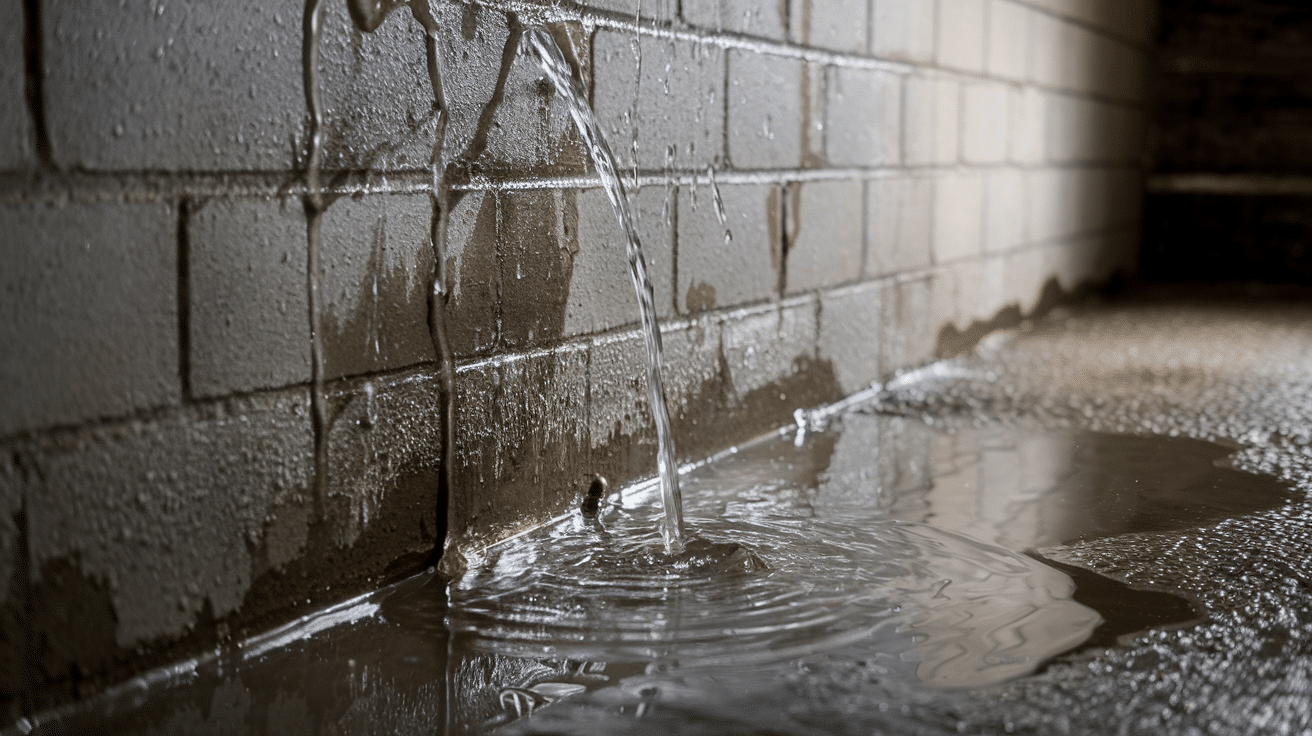
I’ve walked into hundreds of basements, and certain warning signs always tell me when a french drain basement system is needed.
That Musty Smell That Won’t Go Away
You know the smell – that damp, musty odor that hits you when you walk downstairs. This comes from trapped moisture creating perfect conditions for mold and mildew.
When that smell persists despite cleaning, moisture is getting in and needs a way out.
Water Shows Up After Every Storm
Do you check your basement after heavy rain?
I see this pattern constantly: light rain means no problem, but heavy downpours create puddles near your foundation. This happens when saturated soil pushes water toward your basement floor.
Cracks That Keep Getting Bigger
Small cracks in basement walls or floors near the foundation are red flags. Water pressure from saturated soil pushes against foundation walls, creating cracks that let more water inside.
If you see new cracks after wet weather, or existing ones growing larger, water pressure is the likely cause.
Key Benefits and Limitations of Installing a French Drain in the Basement
From my years of using french drains, I’ve learned there are clear pros and cons you should know about before making this investment.
| Benefits | Limitations |
|---|---|
| Redirects water away from the home | Needs regular maintenance |
| Prevents costly water damage | Slope issues may require extra systems |
| More affordable than major repairs | Installation can disrupt landscaping |
| Boosts home value | A poor setup can cause damage |
| Easy, proven installation | Loses effectiveness without upkeep |
My suggestion to everyone is that a french drain basement system is like insurance. When it works properly and gets maintained, it’s one of the best investments you can make.
But if you skip the maintenance or cut corners during installation, you’ll end up with bigger problems than you started with.
Waterproofing and Water Management Beyond French Drains
While interior french systems solve many basement moisture issues, comprehensive waterproofing often requires additional measures. I’ve found that combining a french drain with proper basement waterproofing creates the most effective defense against water damage. This is especially true for homes with a crawl space or footer issues that need special attention. The key is understanding that waterproofing basement areas involves both directing water away and preventing it from entering in the first place.
Key Takeaways
The key is understanding what you’re getting into before you start digging.
Choosing the right french drain basement system comes down to your specific situation, budget, and timeline.
I’ve shown you the differences between interior and exterior options, the warning signs to watch for, and the real benefits you can expect.
A properly installed system protects your home’s value and prevents costly water damage for decades. But getting it right the first time is crucial.
Talk to a drainage specialist before you start digging. They’ll assess your property and recommend the best approach for your unique needs.


